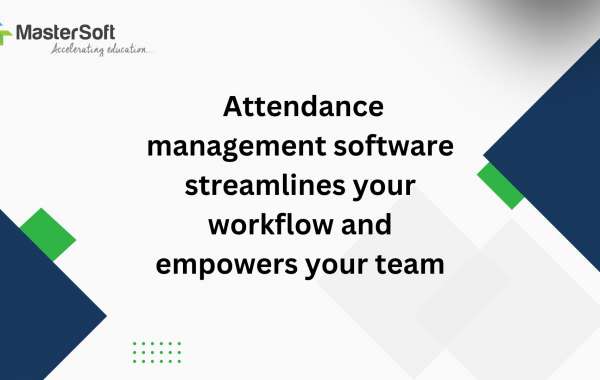Remember the days of rigid time clocks and paper timesheets? For many employees, those relics of the past have been replaced by a far more convenient and flexible solution: mobile attendance apps. These innovative tools, integrated with attendance management system (AMS), are revolutionizing the way businesses track employee work hours, particularly for a growing remote workforce.
This blog post dives into the world of mobile attendance apps, exploring their benefits, functionalities, and how they contribute to a more streamlined and adaptable work environment.
The Inefficiencies of Traditional Methods
Traditional attendance tracking methods often lacked flexibility and accuracy. Time clocks confined employees to a specific location, making them unsuitable for deskless jobs, remote work, or flexible schedules. Paper timesheets, on the other hand, were prone to errors and time-consuming manual processing.
Here's a closer look at the drawbacks of traditional methods:
- Limited Accessibility: Time clocks restrict employees to clocking in and out from a designated location.
- Prone to Errors: Paper timesheets are susceptible to human error during manual data entry.
- Time-Consuming Processes: Manually processing paper timesheets adds to the HR workload.
- Inaccurate Data: Forgotten punches or buddy punching can lead to inaccurate attendance records.
Enter the Mobile Attendance App: Convenience Meets Efficiency
Mobile attendance apps offer a user-friendly and efficient solution for tracking work hours on the go. These apps leverage the power of smartphones and tablets, allowing employees to clock in and out from virtually anywhere.
Here are some of the key features of mobile attendance apps:
- GPS Location Tracking: Some apps utilize GPS technology to verify employee location when clocking in or out.
- Geo-fencing: This feature allows employers to define a virtual perimeter around the workplace. Employees can only clock in and out when physically within this designated area.
- Photo or Selfie Capture: Certain apps require employees to take a photo or selfie upon clocking in or out, adding an extra layer of security.
- Project Management Integration: Some apps integrate with project management tools, allowing employees to log hours against specific tasks and projects.
- Break Tracking: Some apps allow employees to track breaks and meal times, ensuring accurate payroll calculations.
Benefits Beyond Convenience: Why Mobile Attendance Apps Matter
The advantages of mobile attendance apps extend far beyond simply offering convenience for employees. Businesses reap significant benefits as well:
- Increased Accuracy: Mobile apps minimize errors by automating data collection and reducing the reliance on manual processes.
- Improved Flexibility: Employees can clock in and out from anywhere with an internet connection, promoting flexible work arrangements.
- Enhanced Security: GPS location tracking, geo-fencing, and photo capture features can help prevent time theft and buddy punching.
- Real-Time Data Access: Managers gain access to real-time attendance data, facilitating better scheduling and resource allocation.
- Reduced Administrative Burden: Automated data collection and processing frees up HR time for more strategic tasks.
Considerations for Implementing Mobile Attendance Apps
Before deploying a mobile attendance app, it's crucial to consider these factors:
- Company Needs: Evaluate your business needs and choose an app with features tailored to your specific requirements.
- Employee Preferences: Involving employees in the selection process can improve app adoption and overall user experience.
- Security Features: Ensure the app prioritizes data security with robust encryption and access controls.
- Compliance: Consider any local regulations or data privacy laws that might impact app usage.
Building Trust and Transparency: A Key to Success
While mobile attendance apps offer numerous advantages, it's important to focus on building trust and transparency when implementing them. Here are some strategies to keep in mind:
- Clear Communication: Clearly communicate the purpose and benefits of the app to employees.
- Focus on Outcomes: Shift the focus from simply tracking hours to measuring productivity and achieving results.
- Offer Training and Support: Provide training on how to use the app effectively and address any employee concerns.
- Maintain Open Communication Channels: Encourage open communication between managers and employees about work schedules and performance expectations.
The Future of Work: Mobility and Flexibility
The rise of mobile attendance apps reflects a broader shift towards a more mobile and flexible work environment. These innovative tools empower employees to work from anywhere while enabling businesses to track work hours effectively. As technology continues to evolve, we can expect even more advanced features and functionalities to emerge in the realm of mobile attendance apps.
In Conclusion
Mobile attendance apps offer a win-win situation for both businesses and employees. By providing convenience, flexibility, and enhanced data accuracy, these apps are shaping the future of work, allowing businesses to thrive in an increasingly mobile and geographically dispersed workforce.




